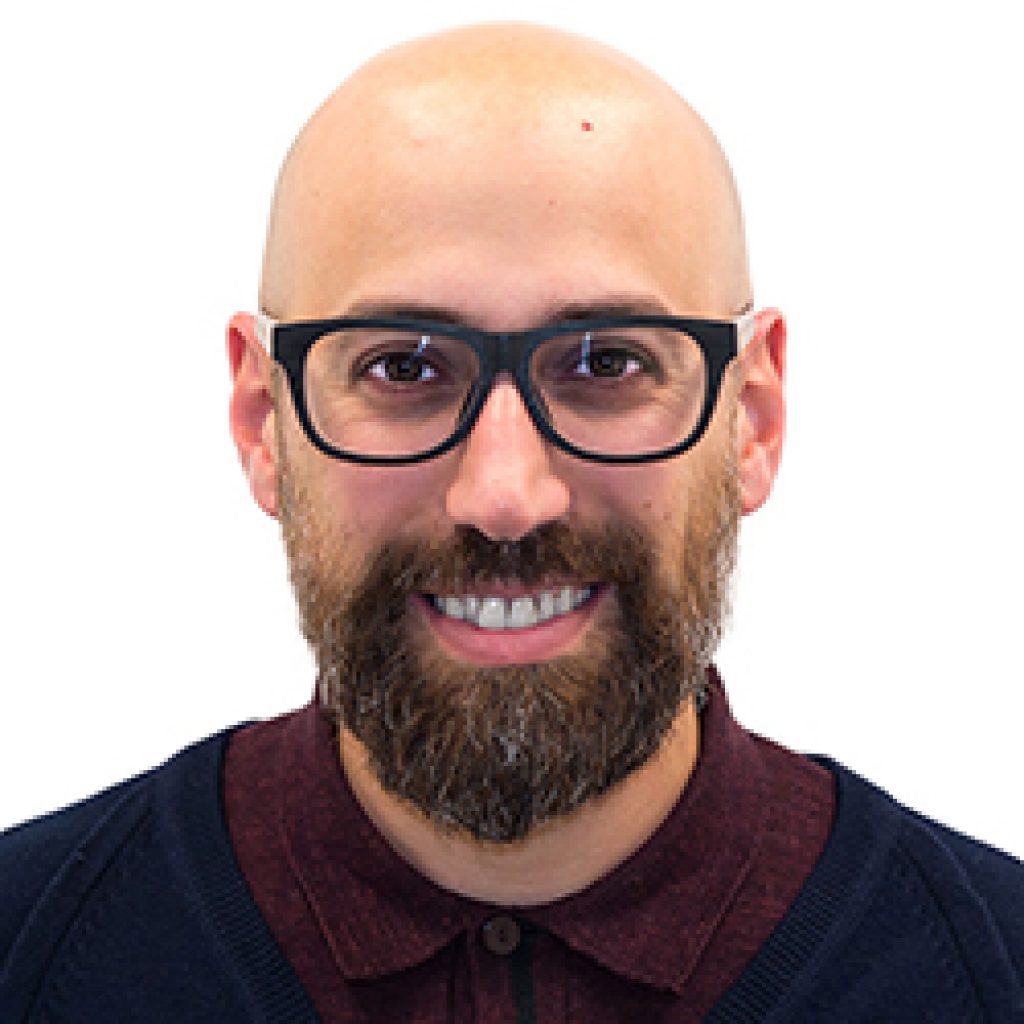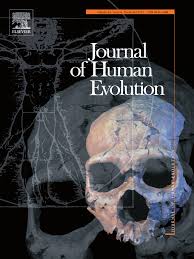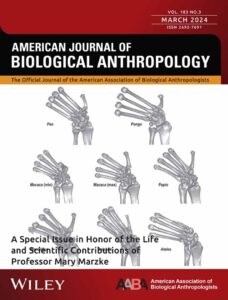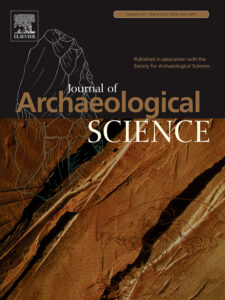
Our latest work titled “Dental macrowear and cortical bone distribution of the Neanderthal mandible from Regourdou (Dordogne, Southwestern France)” has been recently published in the Journal of Human Evolution. It is probably one of the most detailed study on a single Neanderthal individual showing the level of details that can be reconstructed from the analyses of dental macrowear and cortical bone distribution.
The skeletal remains of Regourdou 1 were discovered in 1957, and belonged to a young adult, probably around 23 and 30 years old. This individual (of indetermined sex) lived during the Marine Isotope Stage 4 on top of the hill near Lascaux
Cave, in Dordogne, France. We have analysed the mandible of this individual, combining for the first time the analysis of dental macrowear with cortical bone distribution.
This individual shows extensive anterior tooth wear, a morphological feature almost ubiquitous among adult Neanderthals, which has been interpreted as a habitual use of teeth as tools for cutting, holding, and shaping a variety of objects. The molar macrowear pattern suggests that Regourdou 1 had a mixed diet typical of those populations living in temperate deciduous woodlands and Mediterranean habitats, including animal and plant foods.
In addition, through the Occlusal Fingerprint Analysis, we were able to reconstruct the mandibular movements responsible for the creation of the unique wear pattern found on the left third premolar.

Our analysis sugegsts that this wear was not created by a normal chewing behaviour, but most likely it was probably produced by a repetitive abrasive movement with a cord-like object, similar to those described in other more recent human populations, such as the Natufians, where teeth were used as tools while making baskets or fishing nets. To further confirm our interpretation, the analysis of mandibular cortical bone distribution, show an asymmetric pattern in correspondance of the left third premolar.

Because bone is a dynamic tissue with adaptive remodeling responses to significant alterations of its stress environment, we explain this local variation of Regourdou cortical area as a response to a particular mechanical stress probably caused by the use of teeth as tools, as highlighted by the analysis of the macrowear pattern.
Although this study is limited to one individual, future analyses based on a larger sample size may further assist us to better understand the existing relationship between mandibular architecture, occlusal wear and the masticatory system in humans.




